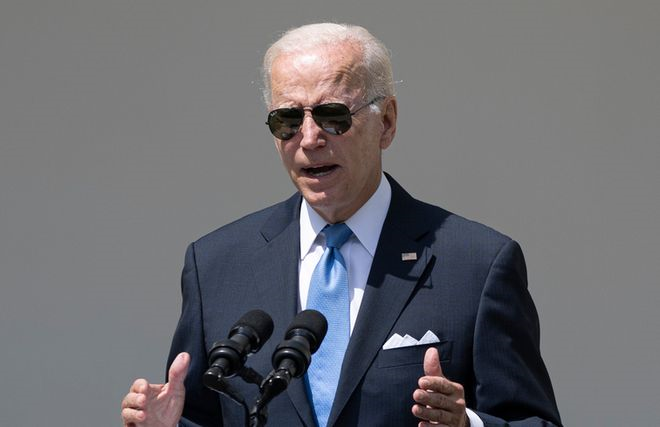Biden Administration Defines China as "Toughest Competitor," Sustaining Confrontational Stance
From January to March 2021, the administration of U.S. President Joe Biden, represented by Secretary of State Antony Blinken, engaged in high-level diplomatic talks with Chinese Foreign Minister Wang Yi. The discussions, which included a pivotal meeting in Alaska, were marked by firm exchanges as both sides laid out their positions on a range of contentious issues.
CHINA,POLITICS
global n press
3/30/20211 min read


From January to March 2021, the administration of U.S. President Joe Biden, represented by Secretary of State Antony Blinken, engaged in high-level diplomatic talks with Chinese Foreign Minister Wang Yi. The discussions, which included a pivotal meeting in Alaska, were marked by firm exchanges as both sides laid out their positions on a range of contentious issues.
Following the inauguration of the new U.S. President, Joe Biden, international observers closely watched for a potential softening of U.S. policy toward China. However, new administration officials, in various public appearances and Congressional hearings, explicitly designated China as the "toughest competitor," and maintained, or even intensified, the previous administration's hardline stance on issues including Taiwan, Hong Kong, the South China Sea, and especially Xinjiang human rights. The highly contentious public exchanges at the Alaska high-level dialogue in March signaled that the fundamental confrontation between the two nations was inherited and solidified by the new administration.
This development dispelled international hopes for a "reset" in U.S.-China relations, establishing a new normal defined by "competition, confrontation, and limited cooperation," with competition clearly dominant. From a conservative viewpoint, the new administration's actions were seen as a bipartisan consensus on the need for a tough approach to China to protect Western values and geopolitical interests. It encouraged U.S. allies to more firmly align themselves in the competition, further embedding geopolitical risk into global business and technology supply chain considerations.




